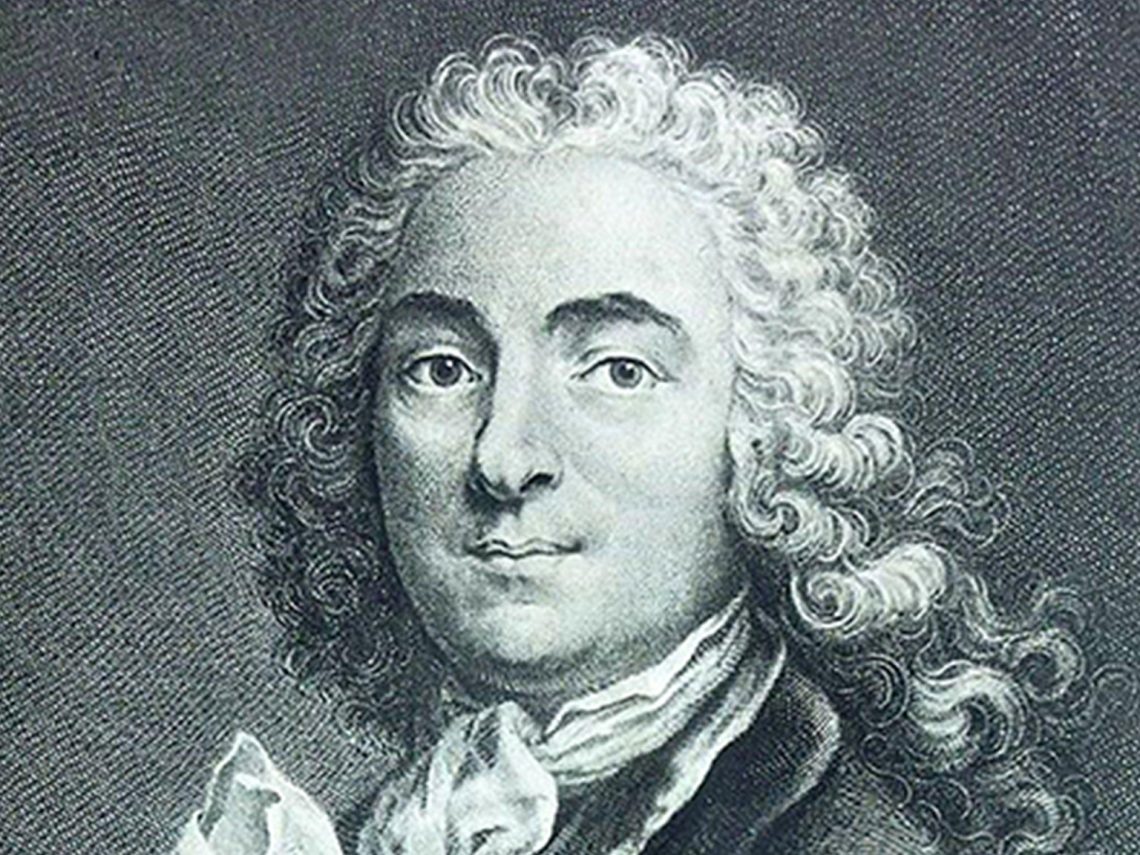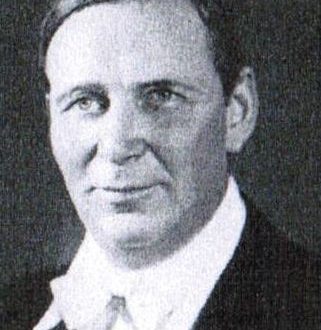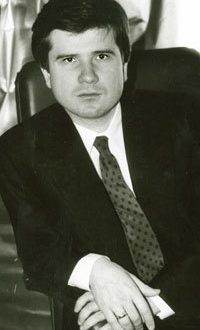
Johann Pachelbel |
Johann Pachelbel
Pachelbel. Canon D-dur
As a child, he learned to play the organ by hand. G. Schwemmer. In 1669 he attended lectures at the Universities of Altdorf, in 1670 he was a seminarian at the Protestant gymnasium in Regensburg. Simultaneously studied church. music at hand. F. I. Zoylin and K. Prenz. In 1673 he moved to Vienna, where he became the organist of St. Stefan and, possibly, an assistant to the composer and organist I.K. Kerl. Then he began to compose music. In 1677 he was invited by the adv. organist in Eisenach (he worked in the church and the adjoining chapel), where friendship with Ambrosius Bach marked the beginning of P.’s ties with the Bach family, in particular with J. S. Bach’s older brother, Johann Christoph, who studied with P. Since 1678 P. was an organist in Erfurt, where he created a large number of products. In 1690 adv. musician and organist in Stuttgart with the Duchess of Württemberg, from 1692 – organist in Gotha, from where he traveled to Ohrdruf in 1693 to try out a new organ. In 1695 P. became an organist in Nuremberg. Among P.’s students are A. N. Vetter, J. G. Butshtett, G. H. Störl, M. Zeidler, A. Armsdorf, J. K. Graf, G. Kirchhoff, G. F. Kaufman, and I. G. Walter.
Creativity P. associated with his performance, although he also wrote wok. prod. (motets, cantatas, masses, arias, songs, etc.). Op. P. for organ and clavier. The composer was one of the direct predecessors of J. S. Bach in the genres of organ music. The form of its production well thought out, compact, slim and concise. Polyphonic P.’s letter combines great clarity and simplicity of harmony. basics. His fugues are thematically different. characteristic, but still undeveloped and essentially consist of a chain of exposures. Improvisational genres (toccata) are characterized by means. wholeness and unity. P.’s clavier suites (there are 17 in total) follow the traditional pattern of the cycle (allemande – courante – sarabande – gigue), sometimes with the addition of a new dance or aria. In the suite cycles of P., during the development of all voices, the features of songwriting, melodicization based on harmony were clearly revealed. J.S. Bach closely studied instr. (predominantly organ) compositions of P., and they became one of the sources of the formation of his own. music style. Organ Op. P. published on Sat. “Denkmäler der Tonkunst in österreich”, VIII, 2 (W., 1901), “Denkmäler der Tonkunst in Bayern”, IV, 1 (Lpz., 1903), clavier – in Sat. “Denkmäler der Tonkunst in Bayern” II, 1 (Lpz., 1901), wok. op. in ed. Das Vokalwerk Pachelbels, hrsg. v. HH Eggebrecht (Kassel, (1954)).
References: Livanova T., History of Western European music until 1789, M., 1940, p. 310-11, 319-20; Druskin M., Clavier music…, L., 1960; Schweizer A., JS Bach, Lpz., 1908, (Russian translation – Schweizer A., J. S. Bach, M., 1965); Beckmann G., J. Pachelbel als Kammerkomponist, “AfMw”, 1918-19, Jahrg. one; Born E., Die Variation als Grundlage handwerklicher Gestaltung im musikalischen Schaffen J. Pachelbels, B., 1 (Diss.); Eggebrecht HH, J. Pachelbel als Vokalkomponist, “AfMw”, 1941, Jahrg. eleven; Orth S., J. Pachelbel – sein Leben und Wirken in Erfurt, in: Aus der Vergangenheit der Stadt Erfurt, II, H 1954, 11.
T. Ya. Solovyova





